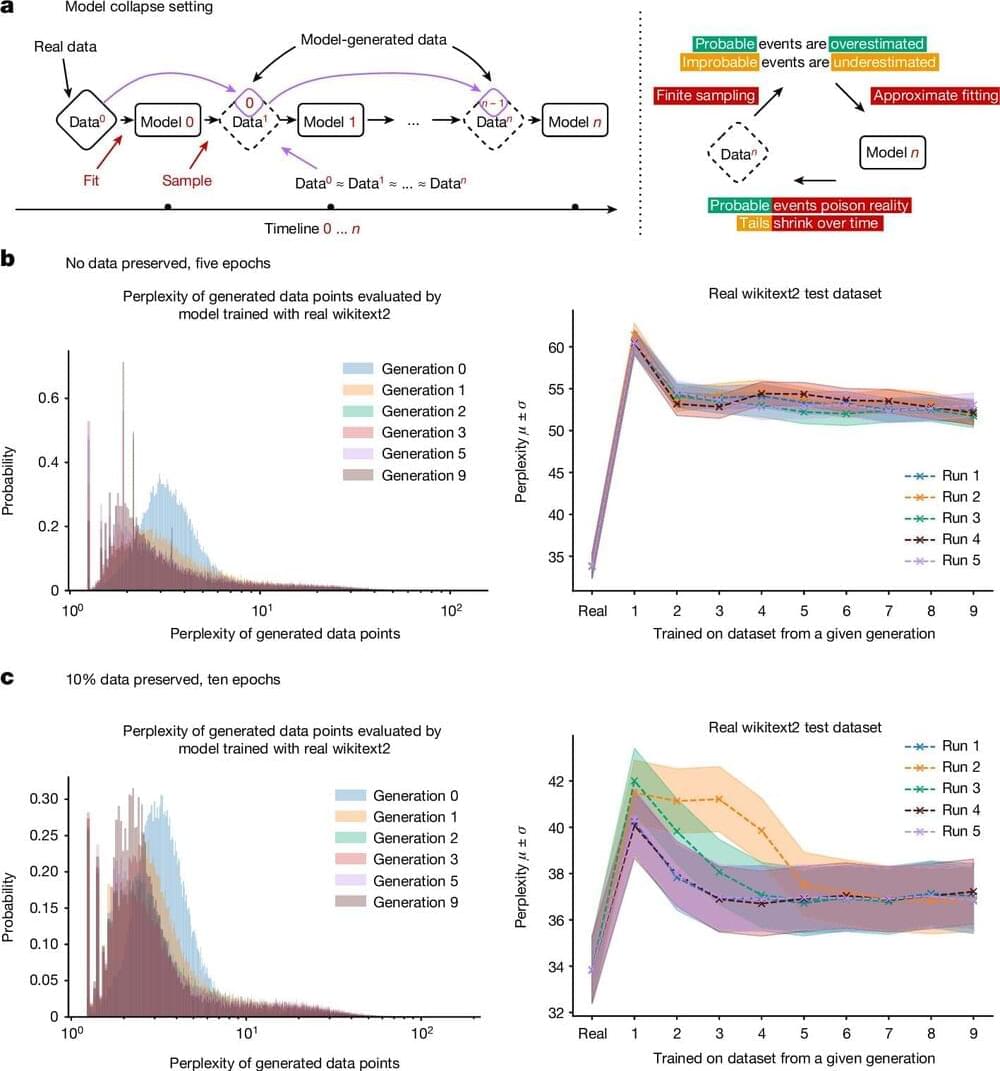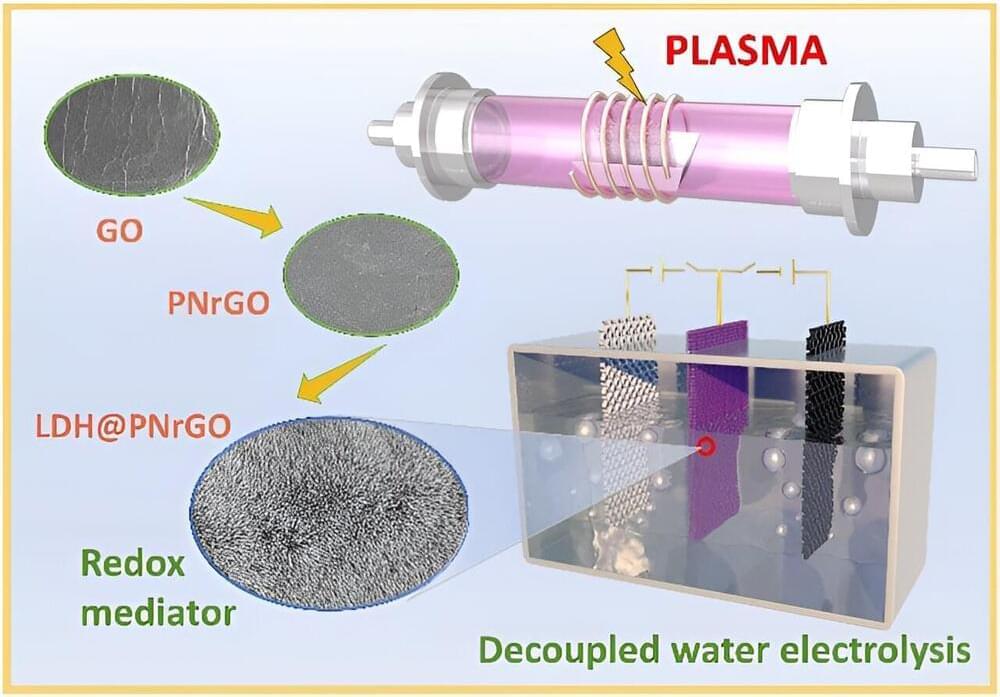The internet is going through a shift. There used to be a thing called a “follower.” It allowed publishers, creators, and anyone online to build a community around their work. But this piece of foundational architecture for human creativity and communication – the “follow” – has been threatened. In this talk, I put this internet-wide shift in historical context from the perspective of a creator, outline where the web will go in the future, and offer thoughts on what to do about it all as a modern creator on the internet.
Category: internet – Page 42

Google Chrome now asks for passwords to scan protected archives
Google Chrome now warns when downloading risky password-protected files and provides improved alerts with more information about potentially malicious downloaded files.
These new, more detailed warning messages help users quickly learn the nature of the danger presented by each file downloaded from the Internet.
For this, Google introduced a two-tier download warning system that uses AI-powered malware verdicts sourced from its Safe Browsing service to help evaluate the actual risk quickly.

Using AI to train AI: Model collapse could be coming for LLMs, say researchers
Using AI-generated datasets to train future generations of machine learning models may pollute their output, a concept known as model collapse, according to a new paper published in Nature. The research shows that within a few generations, original content is replaced by unrelated nonsense, demonstrating the importance of using reliable data to train AI models.
Generative AI tools such as large language models (LLMs) have grown in popularity and have been primarily trained using human-generated inputs. However, as these AI models continue to proliferate across the Internet, computer-generated content may be used to train other AI models—or themselves—in a recursive loop.
Ilia Shumailov and colleagues present mathematical models to illustrate how AI models may experience model collapse. The authors demonstrate that an AI may overlook certain outputs (for example, less common lines of text) in training data, causing it to train itself on only a portion of the dataset.

Novel two-step electrolysis of water proposed for hydrogen production
They also developed non-noble metal catalysts, including molybdenum-doped nickel-cobalt phosphide and plasma-induced iron composite cobalt oxide bifunctional electrodes, which showed high durability and activity. These electrodes enabled hydrogen and oxygen production at different times and locations by switching the current direction, resulting in low cell voltages, high decoupling efficiency, and high energy conversion efficiency.
To improve layered double hydroxide (LDH) electrodes, which suffer from limited capacity and poor conductivity/stability, the researchers used non-thermal plasma technology to fabricate nitrogen-doped nickel-cobalt LDH and nitrogen-doped reduced graphene oxide/nickel-cobalt LDH electrodes, which significantly improved capacity and conductivity.
Two-step water electrolysis shows promise for large-scale hydrogen storage and applications such as 5G base stations and data centers. “Our performance indicators for two-step water electrolysis for hydrogen production are synchronized with advanced indicators globally, marking an important step towards industrial operation,” said Prof. Chen Changlun.


Neural Networks: From Biological to Artificial
Neural networks biological and artificial.
Neural Networks have found applications across various domains due to their ability to learn from data and improve over time without human intervention. They can solve challenging problems that are hard or impossible to solve using traditional methods. Here are some of the examples of how neural networks and artificial neurons are used in real-world scenarios:
Voice assistants: Voice assistants like Siri and Alexa use neural networks to understand spoken language commands and questions. They use trained models based on artificial neurons processing vast datasets of speech and text data. They can also generate natural-sounding responses and perform various tasks, such as playing music, setting reminders, searching the web, etc.
Self-driving cars: Self-driving cars use neural networks to perceive the environment and make decisions. They use trained models based on artificial neurons processing vast datasets of images, videos, and sensor data. They can also learn from their own experiences and improve their driving skills over time.

Event-driven optical encryption advances information security through neuromorphic imaging
In an era where the internet connects virtually every aspect of our lives, the security of information systems has become paramount. Safeguarding critical databases containing private and commercial information presents a formidable challenge, driving researchers to explore advanced encryption techniques for enhanced protection.
Data encryption, a cornerstone of modern security practices, transforms readable plaintext into encoded ciphertext, ensuring that only authorized recipients can decipher the data using a decryption key or password. Optical techniques have emerged as promising tools for encryption due to their capabilities for parallel, high-speed transmission, and low-power consumption. However, traditional optical encryption systems often suffer from vulnerabilities where plaintext-ciphertext forms remain identical, potentially compromising security.
Reporting in Advanced Photonics Nexus, scientists have unveiled an approach inspired by bio-inspired neuromorphic imaging and speckle correlography. Their innovative technique leverages computational neuromorphic imaging (CNI) to encrypt images into event-stream ciphertexts, marking a significant departure from conventional methods. This method introduces a new paradigm in optical encryption by converting data into event-driven formats, thereby significantly enhancing security and complexity.
Neil deGrasse Tyson and Sean Carroll Discuss Controversies in Quantum Mechanics
What is the nature of quantum physics? Neil deGrasse Tyson and comedian Chuck Nice get quantum, exploring Schrodinger’s Cat, electrons, Hilbert Space, and the biggest ideas in the universe (in the smallest particles) with theoretical physicist Sean Carroll.
When did the idea of fields originate? Are fields even real or are they just mathematically convenient? We explore electrons, whether they are a field, and whether they exist at all. We also discuss the wave function, Hilbert Space, and what quantum mechanics really is. Do superpositions always exist?
What would happen if Planck’s Constant were macroscopic? Learn about entangling particles and the longest entanglement distances. If the particles are entangled why would the distance matter? Could we make an internet with quantum entanglement? We break down Schrodinger’s cat, its interpretations, and what the thought experiment really means. Do superpositions always exist?
Are there quantum manifestations in the macro-universe? We explore the microwave background, inflation, and how we discovered that atoms are mostly empty. Sean gives his latest takes on dark matter, dark energy, emergence, and free will. Plus, is dark energy really the cosmological constant?
Timestamps:
00:00 — Introduction: Sean Carroll.
05:28 — The Origin of Feild Theory.
8:26 — Do Electrons Exist?
11:57 — What Really is Quantum Mechanics?
17:30 — What If the Planck Constant Were Macroscopic?
18;45 — Extending Quantum Entanglement.
25:50 — Schrodinger’s Cat \& The Multiverse.
36:16 — Quantum in the Macro Universe.
42:17 — Thoughts on the Dark Universe.
Check out our second channel, @StarTalkPlus.

SpaceX Schedules Falcon 9 Rocket Launch for Wednesday Carrying Starlink Satellites from Cape Canaveral
BREVARD COUNTY, FLORIDA – SpaceX is targeting Wednesday, July 24 for a Falcon 9 launch of 23 Starlink satellites to low-Earth orbit from Space Launch Complex 40 at Cape Canaveral Space Force Station in Florida.
The launch window opens at 12:14 a.m. ET.
A SpaceX Falcon 9 rocket will launch another batch of second-generation Starlink satellites.

Australia’s Slow Internet Lags Behind The USA in Speed and Affordability
15 july 2024.
According to the Speedtest Global Index, Australia ranks 64th in the world for fixed broadband speeds making it the slowest internet connected developed country with an average download speed of 46.24 Mbps. New Zealand ranks slightly higher at 50th, with an average download speed of 73.87 Mbps.
Australia’s Internet Infrastructure Falls ShortOceania – Internet SpeedsInternet Usage in Oceania Surges Over The Past DecadeFactors Affecting Internet Speed In AustraliaAustralia’s High-Cost Low Speed Internet.Australia’s Explanation For Slow Internet Speeds Australia Median Country Speeds July 2023Government Policies11 Years Past When The Australian Government Admits It Was Wrong About Broadband$3.5 Billion Investment A Waste Of MoneyUSA’s Lightning-Fast 10Gbps Internet Speed Plans at Just $49 a Month Leaves Australia In The Slow LaneList Of Countries With The Best Internet SpeedThe Digital Gulf Widens
The Akamai State of the Internet Report says Australia’s internet connection speeds are now slower than 50 other nations, including Thailand, Estonia, Bulgaria and Kenya.